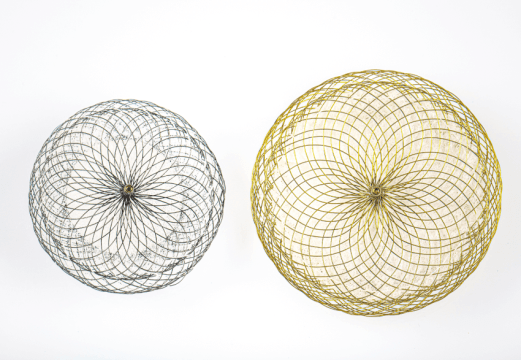Original title: Zotarolimus- versus Everolimus-Eluting Stents for Unprotected Left Main Coronary Artery Disease. ISAR-LEFT MAIN 2 Study. Reference: Julinda Mehilli et al. J Am Coll Cardiol, article in press.
Improvements in 2nd generation drug-eluting stents led to increased efficiency and safety , however there is little information on these new platforms to treat left main coronary artery .
This study compared two permanent polymer drug-eluting stents, Resolute zotarolimus – eluting stent ( ZES , Medtronic CardioVascular , Santa Rosa , California ) and Xience everolimus – eluting stent (EES, Abbott Vascular Devices , Santa Clara , California ) in a population selected relatively coursing de novo injury of unprotected trunk left main coronary artery ≥ 50 % and symptoms or evidence of myocardial ischemia.
Primary endpoint of the study was a composite of death , myocardial infarction and revascularization at one year and in the secondary year , incidence of definite stent thrombosis / probable and incidence of binary restenosis at follow-up angiography . Between 2007 and 2011 a total of 650 patients with unprotected left main coronary artery were randomized to angioplasty using ZES vs. EES . The proportion of patients with high surgical risk was similar in both groups ( 37 % versus 35.3 %, P = 0.7 ) as well as the distal trunk involvement ( 83 % versus 76.8 %, P = .13 ) . The predominant technique was a single stent and treat other injuries was allowed ( 34 % versus 30 %, p = 0.25 ) using the same type of stent in the trunk . Both had identical incidence of definite thrombosis ( 0.6 % ) there was a single patient with probable thrombosis in ZES branch . The incidence of the primary combined end point was 17.5 % in the ZES group versus 14.3 % in the EES group , this difference of 3.2 % did not reach statistical significance. In patients who received 2 stents to treat bifurcation the combined end point was 22.7 % versus 13 % in those receiving only one ( RR 1.86 , 95 % CI 1.26 to 2.74 ) . There was no interaction between the type of stent and the technique used in the bifurcation.
Angiographic follow up at an average of 203 days were available for 73.1% of patients receiving ZES and for 69.3% of the EES . The incidence of binary restenosis ( ≥ 50 % by quantitative angiography ) was not different between the two stents ( ZES 21.5 % versus EES 16.8 %, P = 0.24 ).
Conclusion :
Both 2nd generation drug eluting stents showed angiographic and clinical results comparable at one year to treat unprotected left main coronary artery in a population relatively unselected.
Editorial comment:
The minor cuantity of events was less than expected and impacted negativelly on the statistical power of the study that only reached a power of 57 % for the non-inferiority margin . Although this does not seems to be important, no differences between the two platforms to treat left main coronary artery are noticeable. Angiographic follow up in 70% of the population and the definition of TLR as any new revascularization procedure for segment without requiring clinical symptoms or signs of ischemia probably exaggerated revascularization incidence.
SOLACI.ORG





